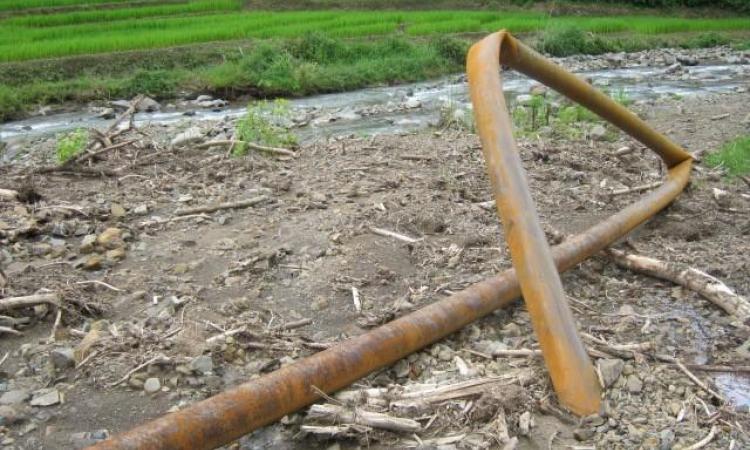
Nagaland depends on surface sources such as streams, rivulets, springs and ponds, which are monsoon fed for its drinking water. However, the quantity of water in these sources has depleted across the state. This could be due to deforestation, jhum cultivation and other human intervention. Destruction of forest cover has also affected the water retention capacity of areas resulting in increased surface runoff. This triggers landslides, which damage property, pipelines and roads.
The story was no different this monsoon. Heavy rainfall triggered several landslides damaging the water supply pipelines. Because these areas aren't easy to access, repair work was delayed, which caused a lot of inconvenience to residents. It also was a huge expenditure for the state and eats into the government's revenue. To avoid these situations from repeating, we need appropriate technical measures and a review of existing policies.
What can we do to prevent damage to infrastructure?
- Don't use long pipelines that require huge money to install and maintain in landslide prone areas.
- Use better methods to fit, fix and lay pipelines and use support structures to prevent damage and leakage.
- Adopt landslide/flood control measures by increasing forest cover, especially through community participation. Building small stone walls on hill slopes can also control landslides.
- There should be a contingency plan with a ready supply of materials and resources for quick repair of damaged pipelines due to disasters. An alternative drinking water support system in addition to the main water supply is essential to prevent disruption to consumers.
- Water tankers for emergency requirements in critical places such as hospitals etc is necessary In the event of unexpected disruption of drinking water supply.
How can we recharge water sources?
Most villages in Nagaland were established at hill tops to improve their security. These villages drew drinking water from surface sources, either by gravity or by pumping. Catchment areas of such water sources were small and delicate. With unabated destruction of forests due to logging, Jhum cultivation and other human activities, the problem of diminishing water quantity at these sources is a real threat.
Measures like afforestation to conserve the natural environment of the areas where water collects, construction of small structures to stop flowing water and increase its percolation in the soil and tapping of groundwater can be explored. This would provide an alternative to areas where the depletion of surface water source is more pronounced. Presence of chemical contamination in ground water need to be tackled through appropriate cost effective technology.
All these measures to conserve and recycle water can ensure that we have sufficient supply for the whole population.
This post was based on a paper submitted for the Sustainable Mountain Development Summit held at Kohima, Nagaland, on September 25-27. The original submission can be downloaded from below.